In nature and in regenerative ranching, there are four ecosystem processes at work – the energy flow, water cycle, nutrient cycle and community dynamics. In an effective ecosystem, all four ecosystem processes are simultaneously highly functional. If any one of the four is disrupted or impaired in any way, the ecosystem itself is not highly functional.
In “Want to Optimize the Energy Flow on Your Ranch? Maintain Abundant Plant Leaves,” Mike Porter describes how energy flow (called a cycle by some, but it’s a unidirectional flow) transforms and transports the sun’s energy through plants via photosynthesis. From there, energy and nutrients flow throughout the food chain as carbohydrates for plants and soil microbes, forages for animals and ultimately protein for humans. Whenever plants are present and green and growing, the energy flow is occurring.
Is the energy flow broken on my ranch?
The energy flow in an ecosystem is not a given; it can be impaired or even break. A broken energy flow is different than an energy flow that is functioning, but not at its highest capability – what we call an impaired energy flow. There is a continuum from a broken energy flow to impaired to a highly functional energy flow.
With this discussion, our objective is to determine if energy flow is limiting the functionality of the four ecosystem processes under our management. We will look at four scenarios of broken and impaired energy flows in grazing land situations.
Bare ground could mean the energy flow is broken
Since the energy flow is driven by photosynthesis, actively growing plant leaves must be present. In a truly broken energy flow, such as in a plowed field, there are no or few plants actively growing. This means the water cycle, nutrient cycle and community dynamics are also broken. This also can occur in more arid environments where bare soil is more common, especially in over-grazed areas.
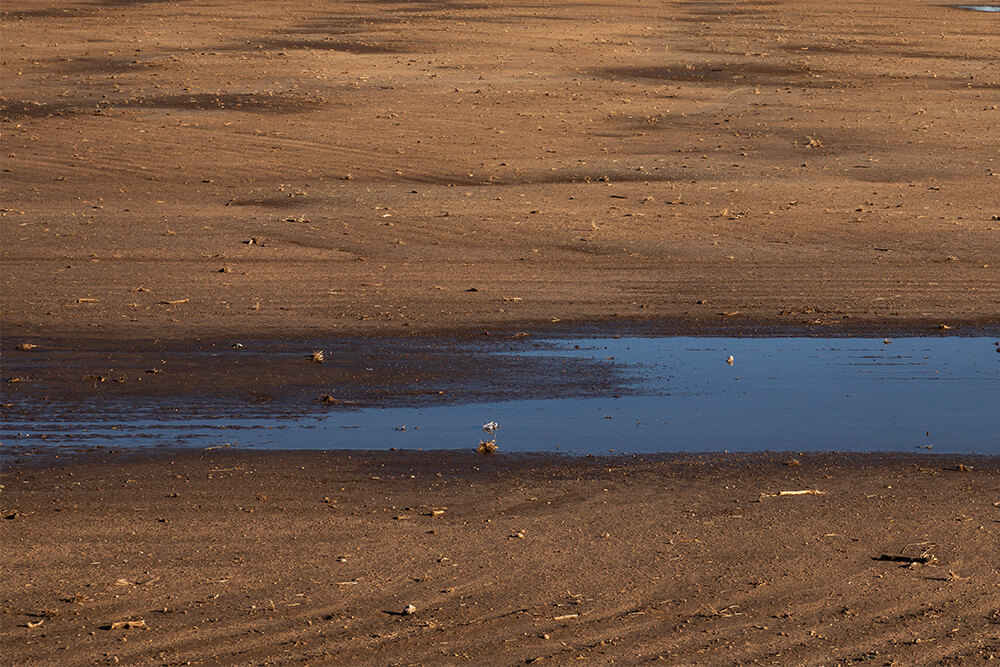
Excess old growth could mean the energy flow is broken
Another type of broken energy flow is when there are excess old, decadent plant residues that occupy the space where active growing plants could exist. An example of this is a pasture that has not been grazed, hayed or burned for years. Previous years’ growth remains erect, oxidized of nutrient content, blocking sunlight from reaching new leaves, and limiting opportunities for new growth due to structure and shading. This condition is usually found in regions with favorable moisture conditions although old decadent growth can accumulate in arid regions with short growing seasons and over-extended recovery periods.
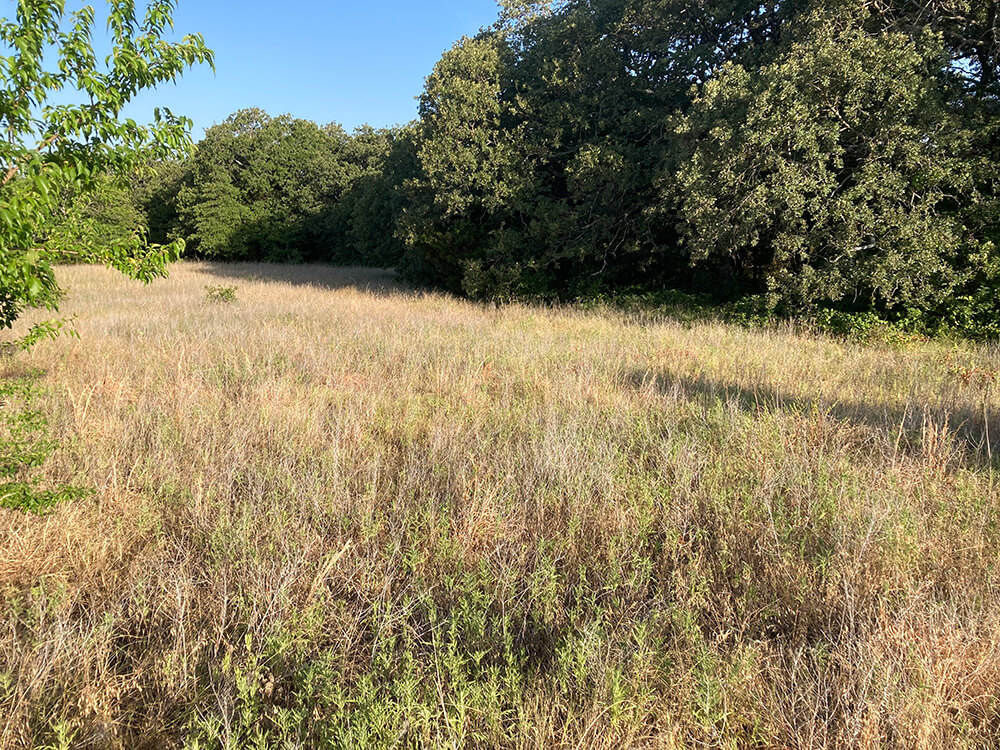
Pastures that have been hayed or burned could have a broken energy flow
Hay fields are another situation where the energy flow can be disrupted for at least short but regular intervals. Every time hay is harvested and more than 50% of the leaf area is removed from the plants (which is usually every time), the energy flow is broken as a result and remains broken until the leaves grow back and begin photosynthesizing and building carbohydrates.
The same can be said about a prescribed burn. It removes existing actively growing plants in addition to the senesced plant material used as the fuel. Both situations are intentional but are intended to be a temporary condition.
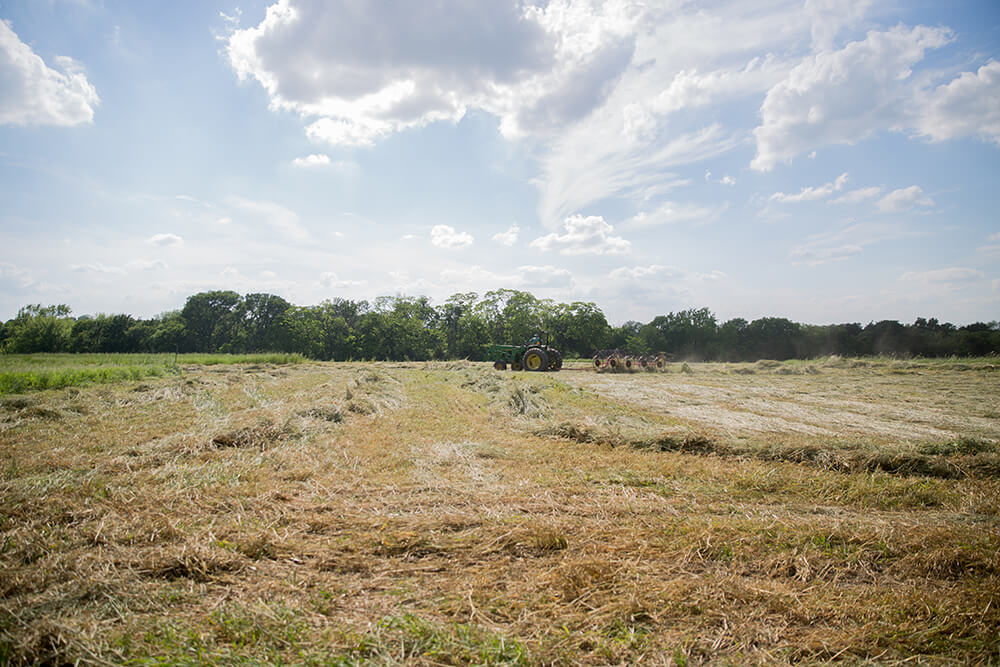
Grazed pastures can have a broken energy flow
Any time the actively growing leaves in a pasture are grazed to the point where more than 50% of the leaf material is removed, the energy flow could be the most impaired ecosystem process. It may be impaired, but it’s not broken unless it becomes a continual condition of over-grazing.
It is also possible to have an impaired energy flow in lightly stocked, continuous grazing-and-rest rotational grazing situations where there are plants that are both over- and under-grazed in the same pasture. In these scenarios, there are plants that are never allowed to grow and maintain enough leaf to have a highly functional energy flow. There are also plants that accumulate excess old, decadent plant material because they were ungrazed and avoided thereafter, thus limiting new growth and photosynthesis.
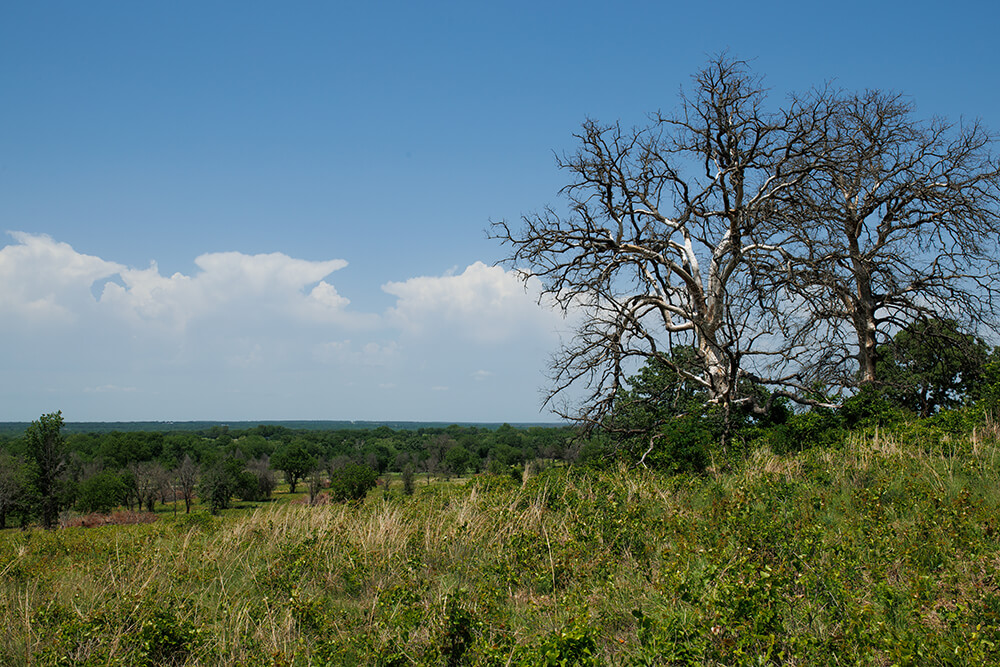
How can I fix a broken energy flow on my ranch?
As we look at the four scenarios above, there are remedies for each one. The answers below are not the only possibilities for better energy flow in each scenario, but are some of the most obvious.
How to cover bare ground
In the case of bare ground, the solution is to establish plants as quickly as possible or allow nature to revegetate the area over time. As many learned in biology class, nature abhors a vacuum. Therefore, in extreme conditions such as a plowed field, if one does not establish a plant community, nature will begin the process with low successional plants (usually annual forbs and grasses) that come up as volunteers with a little soil moisture.
The key is to seed or encourage plant cover and then plan subsequent grazing at the proper timing, intensity, frequency, and duration to keep actively growing plant leaves present for as long as possible during the year. This is easier in more favorable moisture environments than in arid landscapes.
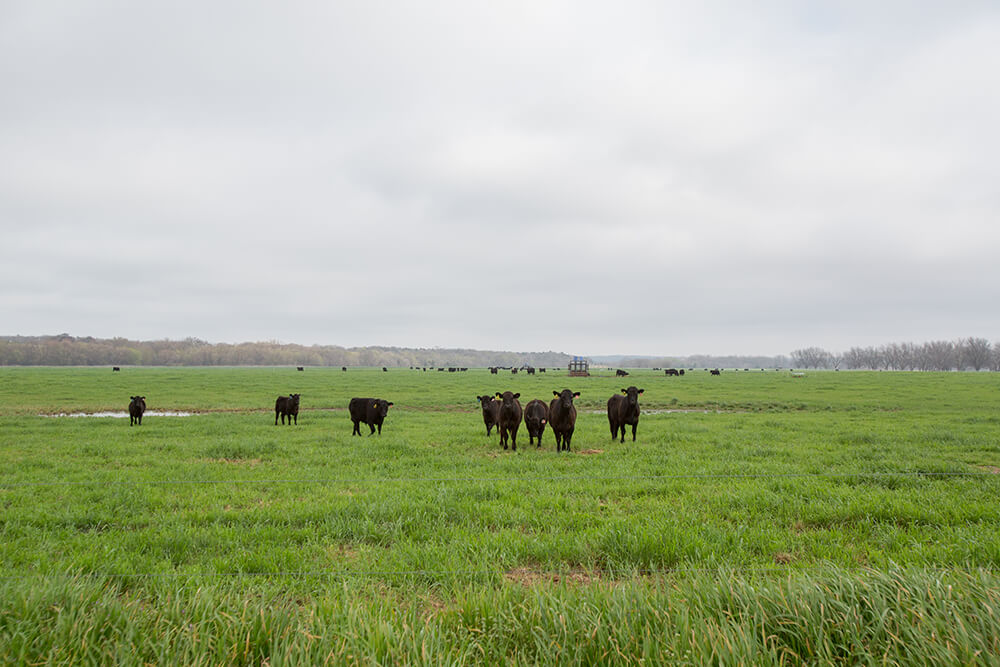
How to remove excess old growth
There are a couple of solutions that immediately come to mind when excess old growth is present. First, begin by grazing it using high stock densities. Ideally, use a class of livestock that can utilize some of the plant material while trampling the bulk of it. Mature, dry cows can be very effective in this situation when applied at high stock densities (100,000 pounds of live weight or greater per acre), but some supplementation may be required to meet nutrient requirements. The goal is to trample the old material, reducing the canopy and providing additional mulch to the soil.
Alternatively, a timely prescribed burn can remove the old, decadent growth if a proper burn plan can be effectively performed. Ideally, conduct the prescribed burn in later winter with good soil moisture conditions so that the burned area does not remain bare for long. Mowing is another effective option to remove old material if burning and high stock density grazing are not options. Regardless of the option used, proper grazing management should be used once adequate regrowth of plants has occurred.
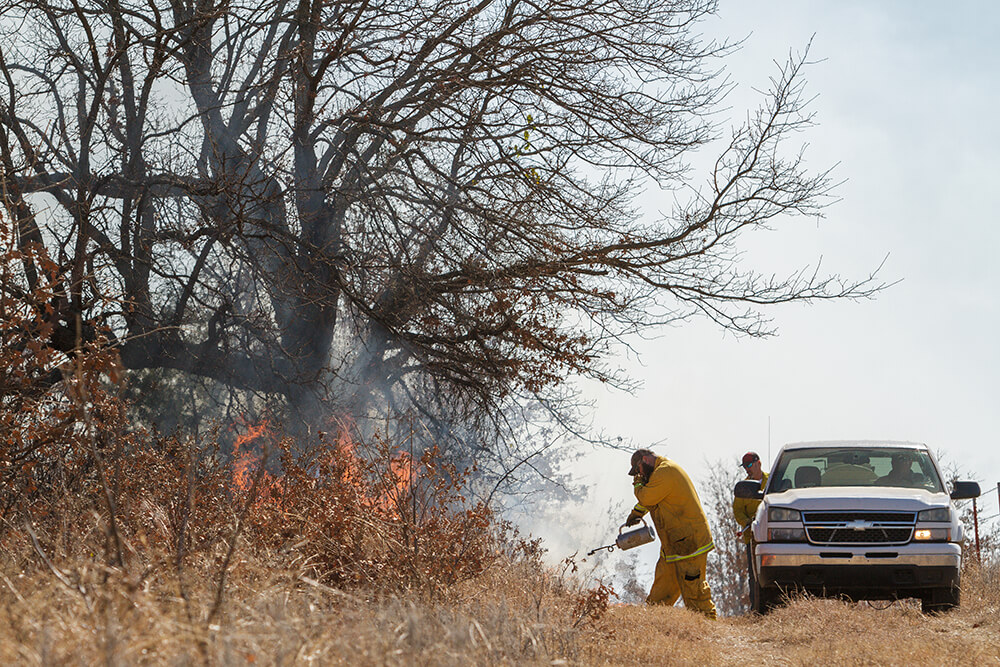
How to recover from haying and burning
While intentional, haying and burning can break or impair the energy flow. Repeated haying will adversely affect the other ecosystem processes. If haying is needed, it should be rotated over multiple areas over the course of time if possible. Preferably, use haying rarely if grazing is possible. Occasional removal of some excess plant material in order to fill short-term forage gaps in a grazing operation is not detrimental to the energy flow, if managed well.
Prescribed burns that managers plan to address landscape management issues are often needed, and they can provide other benefits to community dynamics and wildlife habitat. The key is to minimize the burn’s impact to energy flow. The key is usually timing the burn such that the ecosystem can respond favorably, recover with plant growth and begin photosynthesis again. Once adequate regrowth occurs, follow with proper grazing management.
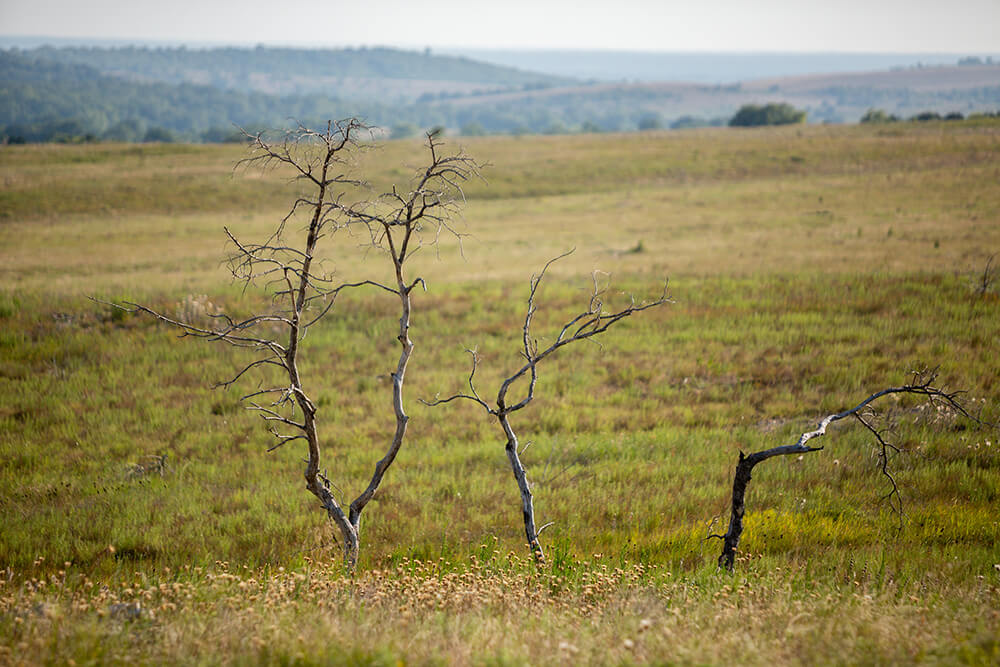
How to fix overgrazed pastures
Overgrazed pasture conditions limit photosynthesis, thus limiting the potential of the other three ecosystem processes. The first correction is likely to reduce the stocking rate and begin a rest-recovery of pastures using a rotational grazing approach.
Grass plants for cattle grazing need to be allowed to recover enough to reach full-flush conditions at some time during the growing season. Next, timely grazing that takes less than 50% of the leaf material during the grazing period allows plants to retain enough photosynthetic material to actively recover without slowing root growth. It also stimulates the plant to produce new, more photosynthetically efficient leaves. However, plants must be deferred from grazing long enough for recovery to occur.
Whenever plants are present and green and growing, the energy flow is occurring.
In the condition where there are overgrazed and undergrazed plants in the same pasture, the easiest means to improve the grazing and the energy flow is to create more pastures or paddocks. Subdivide the existing pastures and increase stock density in each grazing area. With higher stock densities, grazing becomes more uniform within a pasture.
Anything we can do to help the sun reach more photosynthesizing plants will help keep the energy flow moving, transferring more of the sun’s energy into living creatures. Using high stock density as part of an adaptive multi-paddock, or AMP, grazing program can be beneficial by not removing too much of the plant’s leaf area (solar panels) and allowing for adequate plant recovery.
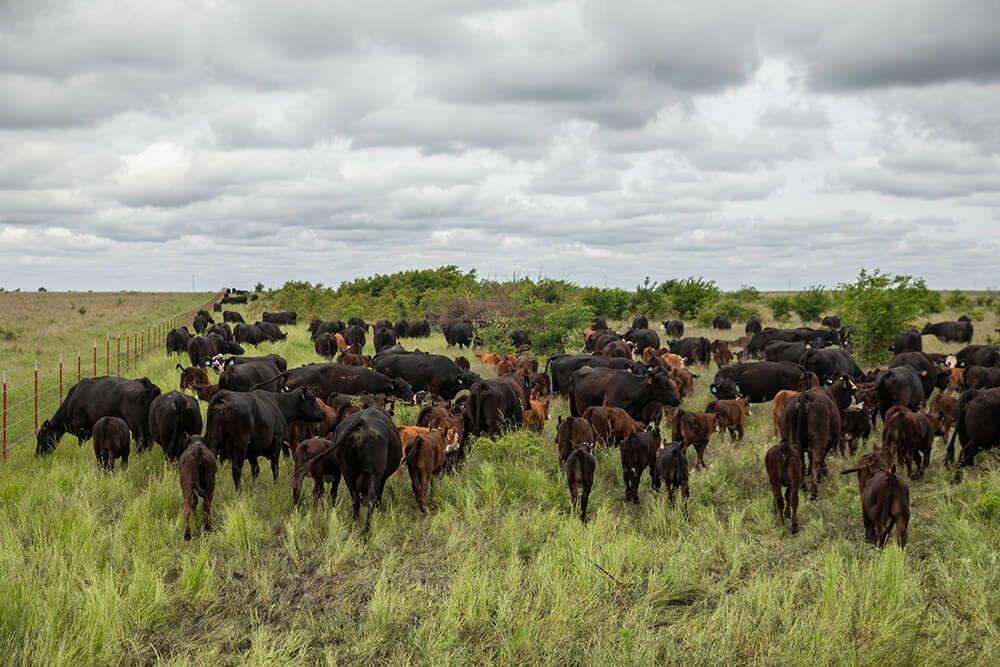
Managing the timing (adapting to season of use), frequency (allowing for full recovery), intensity (maintain adequate leaf residual for rapid recovery), and duration (remove grazing animals before plants begin to regrow) of grazing is elemental to AMP grazing. When performed well, all these practices are complementary to improving the energy flow on grazing lands.
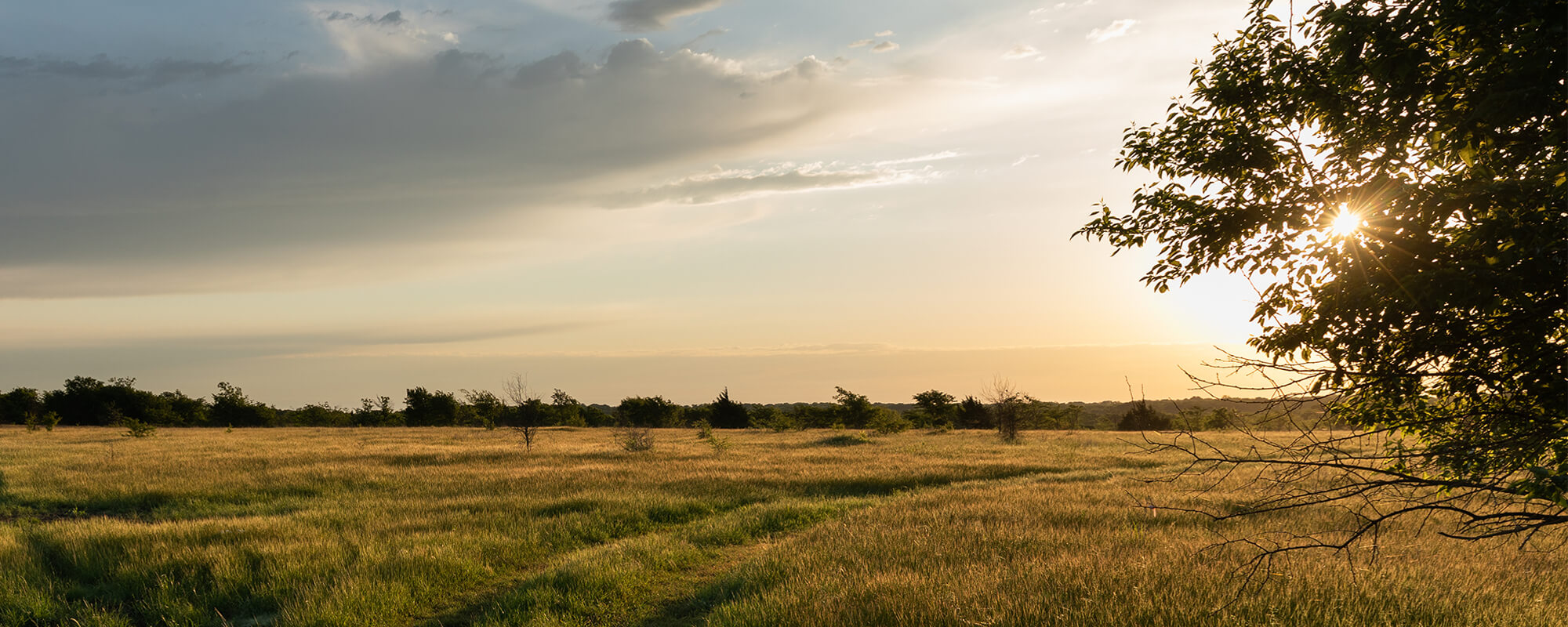
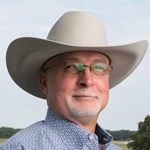
Comments